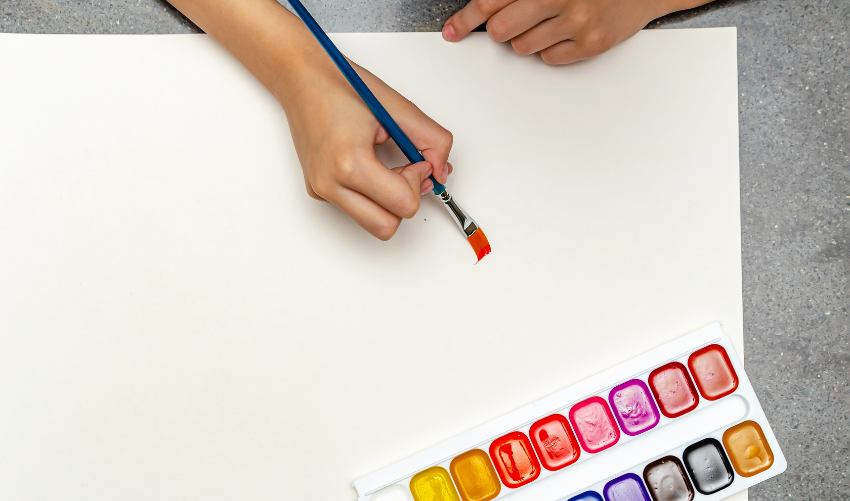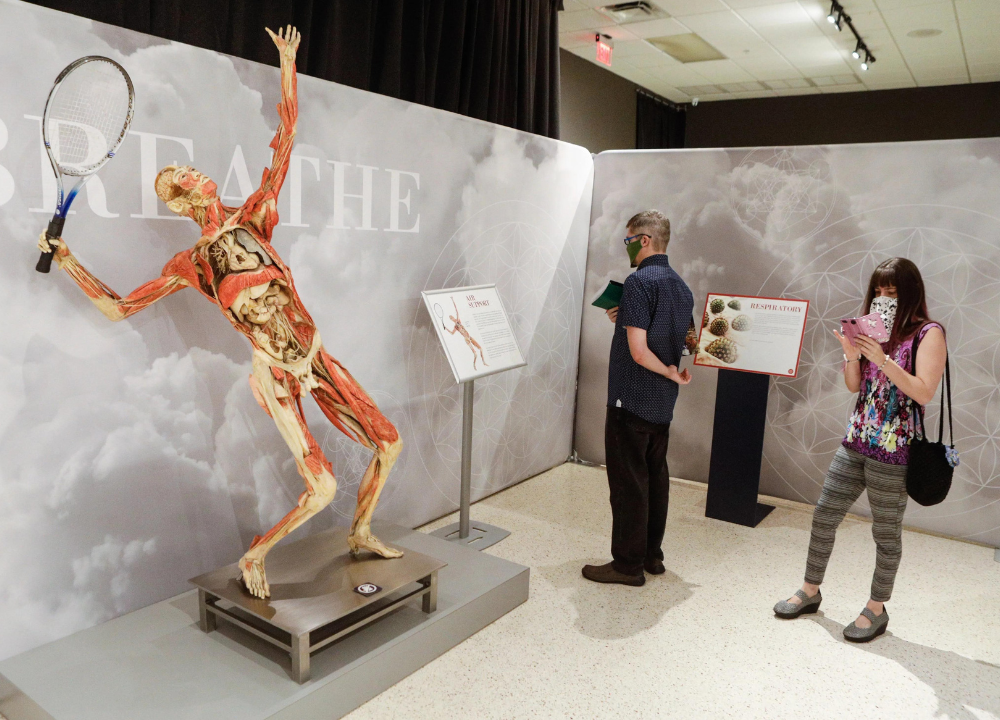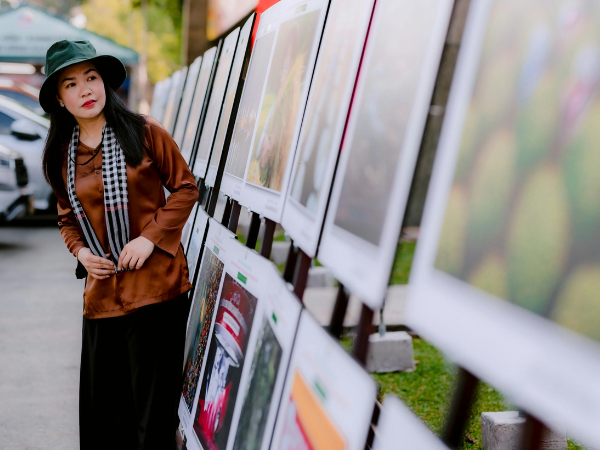Many aspiring artists feel overwhelmed by the endless options and techniques. But don’t worry—this guide is here to help you take that first step. You’ll discover beginner art lessons that will give you a solid foundation. You’ll learn essential skills, from basic drawing techniques to color theory.
Each section is designed to boost your confidence and spark your creativity. By the end, you’ll have a clear understanding of what to focus on as you start your artistic journey. So, grab your supplies, and let’s get started! Your artistic adventure awaits!
Getting Started With Art Basics
Getting started with art basics is key. You will learn the supplies you need and the skills to build your foundation. This guide will help you take the first steps in your artistic journey.
Essential Beginner Supplies
Having the right supplies is important for any beginner artist. You don’t need to spend a lot of money. Start with a few basic items. Here is a list of essential supplies:
- Pencils: Use for sketching and shading.
- Erasers: Needed for correcting mistakes.
- Paper: Choose sketch paper or drawing pads.
- Paints: Watercolors or acrylics are great for beginners.
- Brushes: Get different sizes for various techniques.
- Palette: Use for mixing colors.
- Canvas: Optional, for painting projects.
Start with these basic supplies. As you grow, you can add more tools. Experiment with different materials. This helps you find what you enjoy the most.
Foundational Skills You’ll Learn
Art is about practice. Beginners will learn several important skills. These skills form the base for future projects. Here are some key skills you will develop:
- Observation: Learning to see details in objects.
- Sketching: Creating outlines of shapes and forms.
- Color Mixing: Understanding how to mix colors.
- Shading: Adding depth with light and dark.
- Composition: Arranging elements in your artwork.
Each skill builds on the last. For instance:
- Start with sketching.
- Move on to shading.
- Learn color mixing next.
- Finally, focus on composition.
Practice these skills regularly. Art is a journey, not a race. Enjoy every step. Learning can be fun and fulfilling.

Drawing Lessons For Beginners
Beginner art lessons are a great way to start your artistic journey. Drawing lessons for beginners focus on basic skills. You will learn techniques that build your confidence. From simple shapes to shading, each lesson guides you step by step.
What You Will Learn In Drawing Lessons
Drawing lessons cover many topics. Here are some key areas:
- Basic shapes
- Lines and strokes
- Shading techniques
- Proportions and perspective
- Composition fundamentals
Tools Needed For Drawing
Having the right tools helps you learn better. Here’s a list of essential drawing tools:
| Tool | Purpose |
|---|---|
| Pencil | For sketching and outlining |
| Eraser | To correct mistakes |
| Paper | For drawing practice |
| Ruler | For straight lines and measurements |
Basic Drawing Techniques
These techniques are important for beginners:
- Sketching: Start with light lines.
- Shading: Use different pressures for depth.
- Contour drawing: Focus on outlines.
- Gesture drawing: Capture movement quickly.
Practice Exercises For Beginners
Practice is key. Here are some exercises:
- Draw basic shapes daily.
- Sketch objects from your home.
- Try drawing people in motion.
- Experiment with different shading styles.
Painting For First-timers
Beginner art lessons provide a fun way to express yourself. Painting for first-timers is an exciting journey. It opens doors to creativity and self-expression. You don’t need to be an expert to start. With the right guidance, anyone can learn to paint. Let’s explore how to choose your medium and what projects suit beginners.
Choosing Your Medium
Selecting the right painting medium is key for beginners. It affects your experience and results. Here are some popular options:
- Acrylic Paint: Fast-drying and easy to use. Great for all levels.
- Watercolor: Transparent and fluid. Perfect for soft washes.
- Oil Paint: Rich colors and smooth textures. Requires more drying time.
Each medium has unique qualities. Consider your preferences before choosing. Here’s a simple comparison table:
| Medium | Drying Time | Ease of Use | Cleanup |
|---|---|---|---|
| Acrylic | Fast | Easy | Water |
| Watercolor | Varies | Moderate | Water |
| Oil | Slow | Hard | Solvents |
After selecting a medium, gather your supplies. Start with basic brushes, palettes, and canvases. Experiment with your chosen medium. Enjoy the process and learn through practice.
First Painting Projects
Starting with simple painting projects is essential. It builds confidence and skills. Here are some easy project ideas:
- Abstract Shapes: Use different colors and shapes. Focus on blending.
- Nature Scenes: Paint a simple landscape or a tree. Observe real-life examples.
- Still Life: Arrange a few objects. This helps with composition and lighting.
Choose a project that excites you. Keep your goals simple. Here are some tips for success:
- Start with light colors. Build layers gradually.
- Don’t worry about perfection. Enjoy the experience.
- Take breaks. Step back and evaluate your work.
These projects will boost your skills. They teach basic techniques and encourage creativity. Remember, practice is key. Each painting will help you grow.
Online Resources And Tutorials
Beginner art lessons are a great way to explore your creativity. With many options available, starting can feel overwhelming. Online resources and tutorials offer flexible ways to learn. They provide access to various styles and techniques. Whether you prefer structured lessons or casual exploration, there is something for everyone.
Top Platforms For Learning
Many platforms provide valuable resources for beginner artists. Here are some popular options:
- Skillshare: Offers guided lessons across various art forms.
- YouTube: A treasure trove of free tutorials on almost any art topic.
- Domestika: Features high-quality courses from professional artists.
- Local Art Schools: Many schools offer virtual beginner courses.
These platforms cater to different learning styles. Skillshare and Domestika focus on structured courses. YouTube provides a more casual approach. Here’s a quick comparison:
| Platform | Cost | Course Type |
|---|---|---|
| Skillshare | Subscription | Guided Lessons |
| YouTube | Free | Tutorials |
| Domestika | Per Course | High-Quality Courses |
Using these platforms, you can access free digital resources and practice sheets. Start your journey with the basics. Find what resonates with you.
Recommended Channels & Instructors
Finding the right instructor can make a big difference. Look for channels that focus on beginner-friendly content. Here are some recommended options:
- Art for Kids Hub: Perfect for families and children.
- Draw So Cute: Offers fun, easy-to-follow tutorials.
- The Art Sherpa: Great for acrylic painting beginners.
These channels feature instructors with patient, clear teaching styles. They break down complex techniques into simple steps. You can learn at your own pace. Look for tutorials that focus on basics and step-by-step structure. This will help build your confidence as you create.
Building Confidence & Staying Consistent
Beginner art lessons offer a fun way to explore creativity. As you start, building confidence is key. It helps you enjoy the learning process. Staying consistent keeps your skills improving. Together, these elements create a strong foundation for your artistic journey.
Tips To Stay Motivated
Staying motivated can be challenging at times. Here are some effective tips to keep your enthusiasm high:
- Set Small Goals: Break your learning into small, achievable tasks. Completing these gives a sense of accomplishment.
- Keep a Sketchbook: Write ideas and doodle daily. This builds a habit and tracks your progress.
- Join an Art Community: Share your work with others. Feedback and encouragement can boost your confidence.
- Schedule Regular Practice: Create a routine. Regular practice helps you stay engaged.
- Experiment with Different Mediums: Try painting, drawing, or sculpting. New techniques keep things fresh and exciting.
Consider using the following table to track your goals:
| Goal | Deadline | Status |
|---|---|---|
| Complete a drawing | 1 week | In Progress |
| Attend an art class | 2 weeks | Not Started |
| Finish a painting | 1 month | Not Started |
Stay inspired by surrounding yourself with art. Visit galleries, follow artists online, or read art books. Find what excites you and keep that energy flowing.
Overcoming Common Challenges
Every artist faces challenges. Recognizing and addressing them is crucial. Here are some common issues and how to overcome them:
- Fear of Failure: Understand that mistakes are part of learning. Each error leads to improvement.
- Creative Blocks: Step away from your work. A short break can help clear your mind.
- Perfectionism: Focus on progress, not perfection. Allow yourself to experiment without pressure.
- Lack of Time: Even 15 minutes a day can make a difference. Use small moments to practice.
Use this checklist to manage challenges:
| Challenge | Solution |
|---|---|
| Fear of Failure | Embrace mistakes as learning opportunities. |
| Creative Blocks | Take breaks to refresh your mind. |
| Perfectionism | Focus on enjoying the process. |
| Lack of Time | Practice in short, manageable sessions. |
With these strategies, challenges become easier to manage. Build your confidence and stay consistent on your artistic path.




